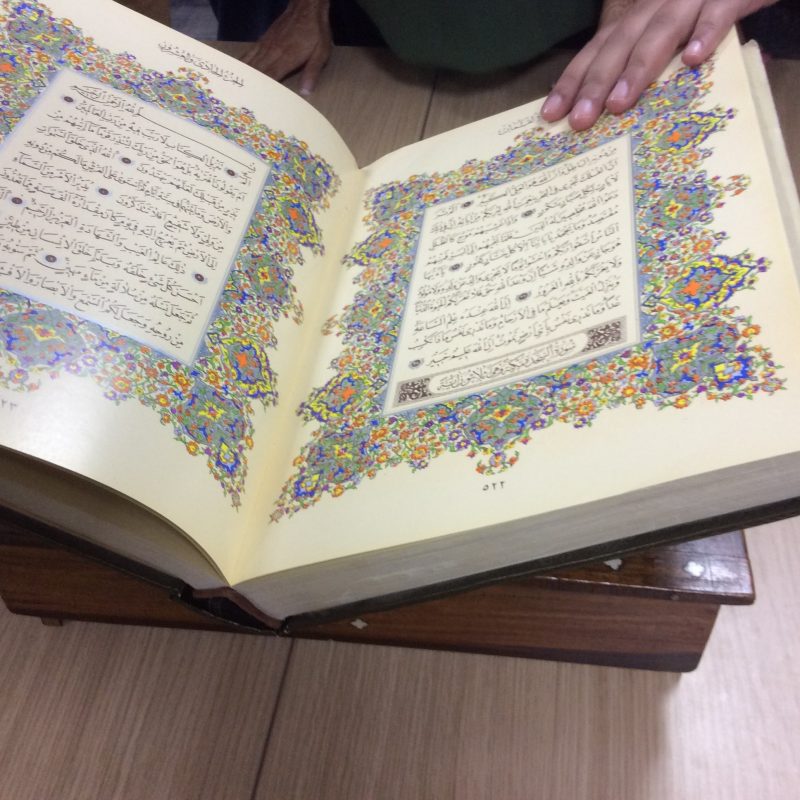
Source: N Brown
In a post on planning for the hook I mentioned how artefacts could be used to get students interested in a lesson, but artefacts can do more than just represent an engaging hook. In this post I am discussing the use of artefacts in lessons based on questions that I have been asked in teacher training sessions.
Which artefacts can I use?
Although traditionally artefacts refer to culturally and historically relevant objects, for teaching purposes we should consider literally anything and everything as artefacts: from pieces of rocks and bottles of sand to models of buildings, from artistic creations, jewellery and perfumes to everyday objects.
Which activities shall I plan in a lesson with artefacts?
How you use your artefacts in a lesson depends on what it is you would like to achieve, so it all comes back to knowing your lesson objectives. For example, artefacts could demonstrate a production process within Business Studies, or a significant event within History, or they could provide the link to the countries whose languages we study in MFL. The activities using artefacts will therefore vary and you may use a memory or guessing game to stimulate critical thinking, inferring, problem solving and memory skills. You could have your artefacts in a bag and let your pupils feel what is in the bag. You could present a number of artefacts on a tray, make your students look at the items to memorise them for a minute and then let them recreate that list from memory, on their own or in pairs. And as a second step you would then use Bloom’s taxonomy (Marzano and Kendall, 2007) to ask higher order questions, such as “What would you do with….?”, “How should you….?” or “What could these artefacts represent?”.
Why should I use artefacts in teaching?
Handling artefacts is a fantastic experience for children, as in addition to their visual and auditory senses, they also use their tactile and olfactory senses, which then leads to higher levels of engagement and better retention. However, as teachers we do have the responsibility to teach the appropriate handling of artefacts, too. If you were to use religious artefacts such as crosses, prayer beads or holy books or you intended to use old parchments, pupils must learn to treat these artefacts with the respect they deserve, which may mean the use of gloves. In reality, this may mean that the tactile experience is more limited, but the awareness you teach is infinitely greater.
Are there any artefacts that I should not use?
As has been mentioned above all objects could potentially be used as artefacts, but obviously health and safety rules must be considered in connection with the classroom dynamics you enter. It may well be that the baseball you are using in one lesson to demonstrate team spirit or leather production becomes a health hazard in another, where pupils would be inclined to throw it to each other. Also, in some classes you may not want to use religious artefacts because your pupils act too immaturely and would not handle the cross or murti with the respect they deserve. Personally, I think we have a duty to bring even these artefacts into the classroom, but should not present them in the touchy-feely bag that I mentioned above. By presenting these artefacts in a more distinguished manner we model the behaviour we expect. Barnett (1992) and Homan (2000) are two interesting reads on this matter.
How do you feel about artefacts?
This is a question I have been asked often and I genuinely believe that we need to bring the world into the classroom, if we cannot take the pupils out into the world. As I mentioned in the previous paragraphs I do not shy away from using artefacts that may require more respect, as I see this as yet another learning opportunity for my pupils. Where I do have concerns or reservations is where artefacts are bones and skeletons, as I feel these humans or animals were disturbed in their final resting places if we have uncovered these bones. For that matter, I also have my issues with mummies being exhibited in Egyptology departments in museums. But then this again represents an ideal learning opportunity as you can open the discussion up to ethical considerations. Ultimately, you have to know what you are comfortable with where the artefacts are concerned, but also where the dynamics of your class are concerned, and you may end up bringing artefacts for one class but not for another.
References:
Barnett, V. (1992). Exploring Artefacts: an Introduction to the Use of Artefacts in Religious Education. Bury: Articles of Faith Ltd.
Homan, R. (2000). “Don’t let the Murti Get Dirty: the Uses and Abuses of Religious ‘Artefacts'”. British Journal of Religious Eduation. 23:1. 27-37.
Marzano, R. J. and Kendall, J. S. (2007). The New Taxonomy of Educational Objectives. 2nd ed. Thousand Oaks: Corwin Press.
Leave a message: